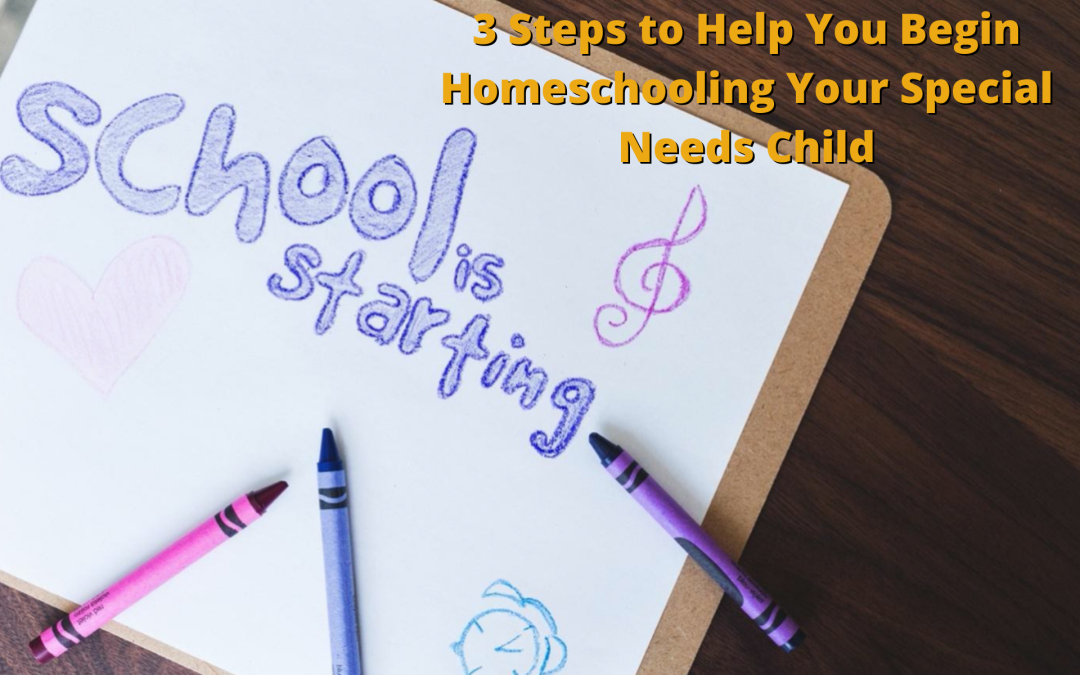My son was diagnosed with an intellectual disability fairly early in elementary school. The school staff and I quickly learned that a traditional classroom setting would not be the best place for him to learn. Your typically elementary classroom is full of sensory stressors that would overwhelm him causing him to fall far behind his peers.
When Covid hit in 2020, the elementary classrooms in our city transitioned to virtual learning, allowing us to test out homeschooling. During our time as a virtual learning family, we discovered that homeschooling could be both a blessing and a challenge. Here are some considerations to take into account when homeschooling your special needs child.
Where Do I Start?
-
Follow State Requirements
Each state has requirements that must be followed when homeschooling. Under Texas law, homeschool is considered private education, and as a result, students may be eligible to receive services from both the state and federal IDEA programs. Associated funds can help you buy necessary learning materials.
-
Tailor Learning Materials to Your Child’s Learning Level
Unfortunately, I do not have a degree in special education. Teaching many concepts to my son often required a different approach than when I taught the same skills to his older brother. Homeschooling does not require you to fly blind. Many curriculum options are prepackaged and provide lesson plans crafted by educators. The Texas Homeschool Coalition has a list of learning tools and resources for families with special needs children organized by diagnosis. This list can serve as a starting point to guide you in choosing helpful material to use for your child’s lessons.
-
Understand Your Child’s Disability
My son has a diagnosis of an intellectual disability; however, his primary diagnosis is Agenesis of the Corpus Callosum. Since infancy, he has had his primary diagnosis, and I quickly learned that most educators had no idea what that condition was.
Mom Tip: Agenesis of the Corpus Callosum (AOCC) is a congenital disability that does impact his learning. AOCC affects how the two hemispheres of the brain communicate. It makes spatial learning and other concepts that require the hemispheres to work in tandem difficult.
I had to educate many of his teachers. Working with his conditions on my own requires me to understand how the diagnoses impact his learning ability. A quick internet search can help explain somewhat, but it is best to ask questions from professionals such as doctors and therapists who work with them and have experienced treating the conditions.
-
Connect with Others
Traditional schools have many opportunities for students and parents to connect with peers. Homeschooling can be isolated. Find social groups and activities that allow you and your child to communicate with others who homeschool. You would be amazed to find how many karate classes and Facebook groups are out there that have slots just for homeschoolers.
Homeschooling for a child with special needs can allow them to learn more comfortably at their own pace. Although it may be overwhelming to your child and you as the parent, a little research and support may allow you to see how homeschooling can allow your special needs child to blossom as a student.
